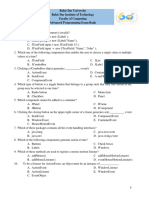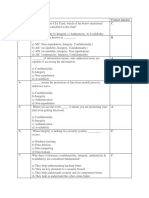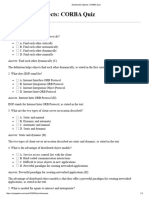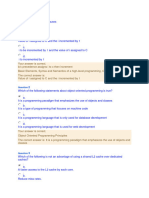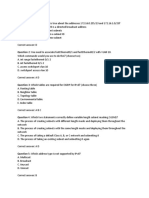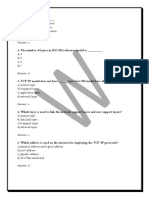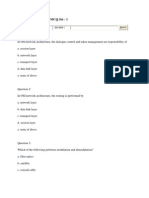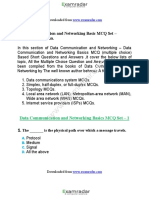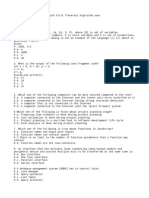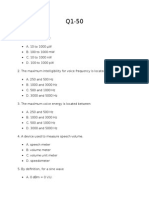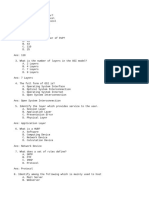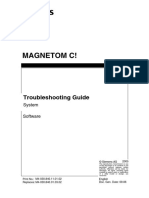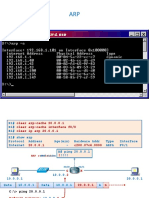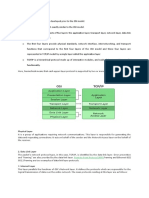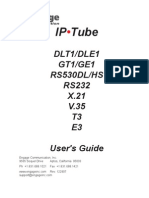0% found this document useful (0 votes)
346 views24 pagesComputer Networking MCQ With Answers1
networking
Uploaded by
souvick.1983Copyright
© © All Rights Reserved
We take content rights seriously. If you suspect this is your content, claim it here.
Available Formats
Download as DOCX, PDF, TXT or read online on Scribd
0% found this document useful (0 votes)
346 views24 pagesComputer Networking MCQ With Answers1
networking
Uploaded by
souvick.1983Copyright
© © All Rights Reserved
We take content rights seriously. If you suspect this is your content, claim it here.
Available Formats
Download as DOCX, PDF, TXT or read online on Scribd
/ 24













